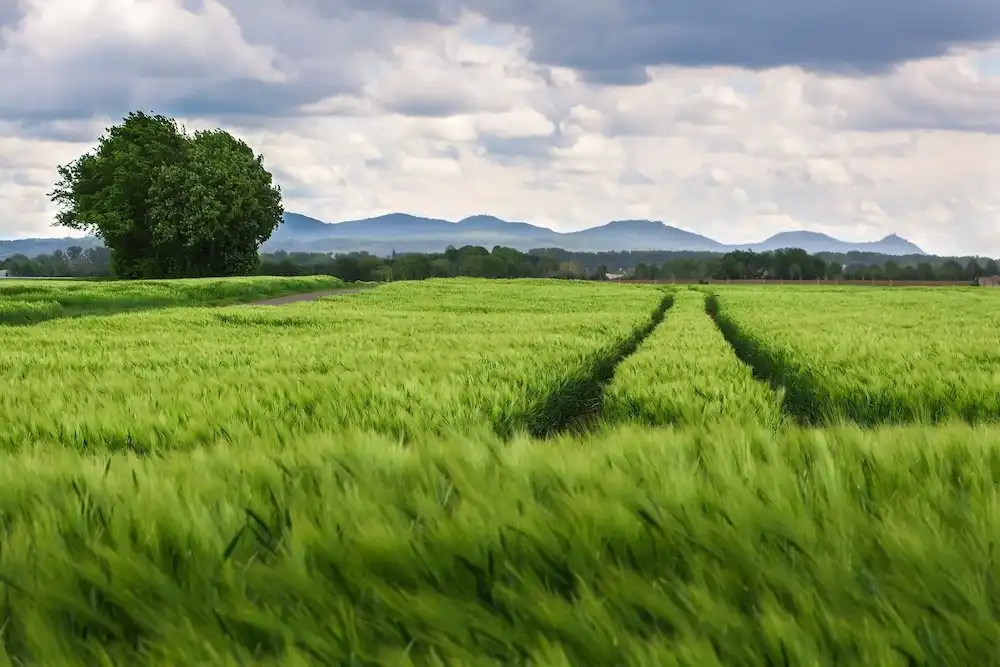Agricultural management has typically focused on increasing yields, but there is an increasing need for sustainable food production that limits negative impacts on the environment. A new study published in Grassland Research provides insights into the potential benefits of diversifying agricultural practices, revealing how different mixtures of plant species can improve production, quality, and conservation.
For the study, investigators planted multiple species in different grassland plots, manipulating plant species richness from one to six species spanning three functional groups (legumes, herbs, and grasses). Certain mixtures led to increases in plant productivity and invasion resistance. Also, different plant species drove different functions, with legumes and herbs benefiting plant productivity and water availability, and grasses improving invasion resistance. Legumes were also highly beneficial for maintaining soil nitrogen.
“While the specific plant species and functional groups used in the study may vary across regions, the concept of using multispecies mixtures to enhance multifunctionality and promote both production and biodiversity can be applicable in various agricultural contexts around the world,” said corresponding author Laura Argens, a PhD student at the Technical University of Munich, in Germany.
Read the paper: Grassland Research
Article source: Technical University of Munich via EurekAlert
Image: image of a grassland. Credit: Pixabay






